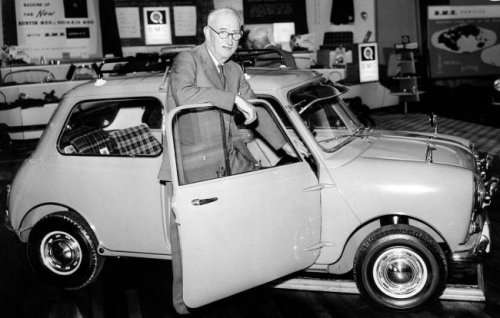Wednesday 17th December 1952
The Austin Motor Company Ltd and Morris Motors Ltd merged to form the British Motor Corporation with Leonard Lord as Chairman. BMC was the largest British car company of its day, with (in 1952) 39 percent of British output, producing a wide range of cars under brand names including Austin, Morris, MG, Austin-Healey, Wolseley as well as commercial vehicles and agricultural tractors. The first chairman was Lord Nuffield (William Morris) but he was replaced in August 1952 by Austin’s Leonard Lord who continued in that role until his 65th birthday in 1961 but handing over, in theory at least, the managing director responsibilities to his deputy George Harriman in 1956.
BMC’s headquarters were at the Austin plant at Longbridge, near Birmingham and Austin was the dominant partner in the group mainly because of the chairman. The use of Morris engine designs was dropped within 3 years and all new car designs were coded ADO from “Austin Drawing Office”. The Longbridge plant was up to date, having been thoroughly modernised in 1951, and compared very favourably with Nuffield’s 16 different and often old fashioned factories scattered over the English Midlands. Austin’s management systems however, especially cost control and marketing were not as good as Nuffield’s and as the market changed from a shortage of cars to competition this was to tell. The biggest selling car, the Mini, was famously analysed by Ford Motor Company who concluded that BMC were losing £30 on every one sold. The result was that although volumes held up well throughout the BMC era, market share fell as did profitability and hence investment in new models, resulting eventually in the merger with Leyland Motor Corporation.
At the time of the mergers, there was a well established dealership network for each of the marques. Among the car-buying British public there was a tendency of loyalty to a particular marque and marques appealed to different market segments. This meant that marques competed against each other in some areas, though some marques had a larger range than others. The Riley and Wolseley models were selling in very small numbers. Styling was also getting distinctly old fashioned and this caused Leonard Lord, in an unusual move for him, to call upon the services of an external stylist.






